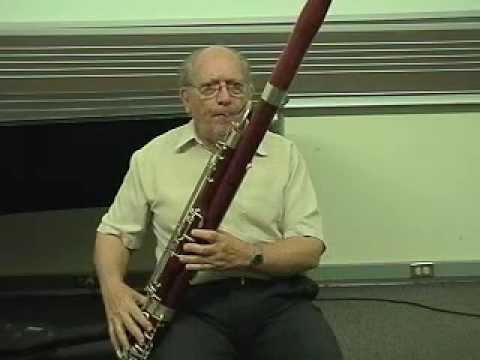

Arthur Weisberg was born on April 4, 1931, in New York City. He attended the High School of Music and Art and the Juilliard School of Music, majoring in bassoon with Simon Kovar. He played first bassoon with the Houston and Baltimore Symphonies and second bassoon with the Cleveland Orchestra, before coming back to New York City to study conducting with Jean Morel. At this time, Professor Weisberg was first bassoon with the Symphony of the Air (formerly the NBC Symphony under Arturo Toscanini). He was bassoonist with the New York Woodwind Quintet for 14 years and taught at Juilliard, the State University of New York at Stony Brook, and Yale University. Professor Weisberg and the New York Philharmonic have recorded George Crumb's "A Haunted Landscape" (shown below). He has conducted the Milwaukee Symphony and the Sjaellands and Aalborg Symphonies of Denmark. He created the Contemporary Chamber Ensemble in 1961. While he was the conductor and music director, the CCE toured throughout the United States and the rest of the world, giving over 100 world premieres. They completed many recordings which have won several prizes. Weisberg also authored two books, "The Art of Wind Playing", published by G. Schirmer, and "Performing 20th Century Music-a Handbook for Conductors and Instrumentalists," published by Yale University Press. Weisberg introduced a new bassoon which he claimed was "absolutely unable to crack. Perfect slurs on the most problematic notes. Never having to flick again. Ease of fingering. Better quality and pitch on six of the worst notes. This is what the Weisberg System promises and delivers, and it does all of this automatically, with no new fingerings to learn." 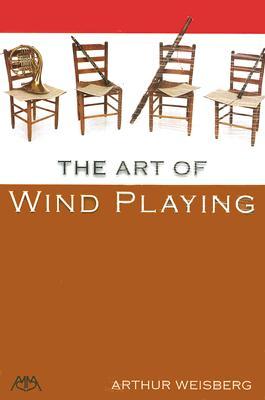
He composed numerous works, and has made several editions for bassoon, including a transcription of the Bach Cello Suites and a set of 15 Etudes for Bassoon in the style of 20th Century music. He passed away January 17, 2009, in Florida. Selected compositions Duo for Bassoon and Piano (1984) Piece for Viola Solo (1984) Piece for Piano (1984) String Quartet No. 1 (1984) Duo for Cello and Piano (1985) Trio for Violin, Cello and Piano (1985) Opening Statement for Orchestra (1985) Quintet for Clarinet and String Quartet (1986) Quintet for Horn and String Quartet (1986) Sonatina for Flute (1986) Music for Double Woodwind Quintet (1987) Two Pieces for String Quartet (String Quartet No.2) (1987) Duo for Violin and Piano (1988) Symphonic Statement for Band (1988) Cantabile and Vivace for Bassoon and String Orchestra (1988) String Quartet No. 3 (1989) Birthday Piece for Viola and Bassoon (1991) A Song and a Dance for Solo Bassoon (1992) From the Deep for Two Contrabassoons and Piano Concerto for Bassoon and Strings (1998) 15 Etudes for Bassoon Written in the Style of 20th Century Music (2004) -- Throughout this page, names which are
links refer to my Interviews elsewhere on my website. BD
|
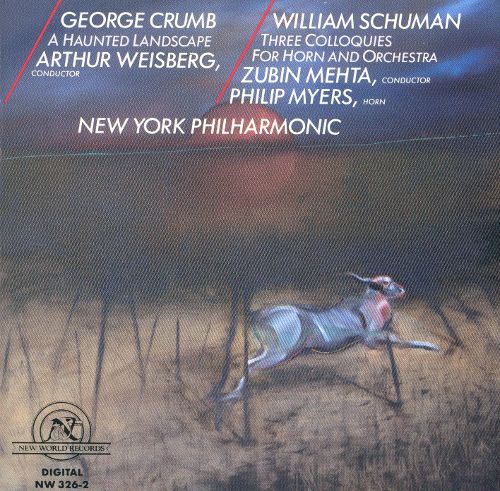 Here is what was said that evening . . . . . .
. . .
Here is what was said that evening . . . . . .
. . .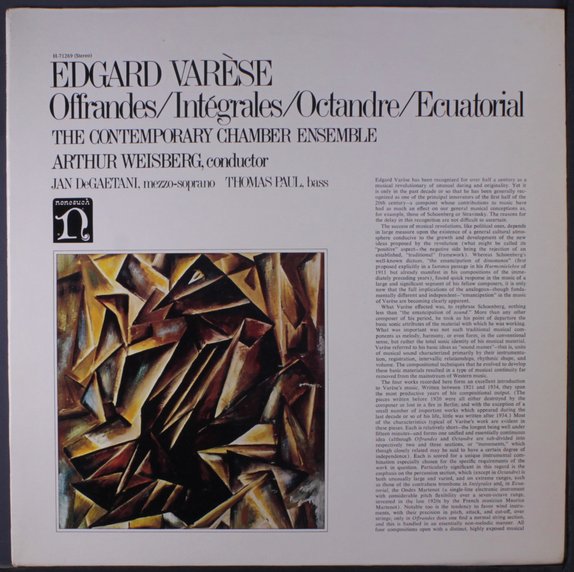 BD: Do you then alter your tempos so they can get
around it?
BD: Do you then alter your tempos so they can get
around it?Ex-cso
Bassoonist Willard Elliot, 73
June 10, 2000 By Karen Mellen, Chicago Tribune Staff Writer. Unlike flashy instruments such as the flute or clarinet, the bassoon is a reliable instrument, its elegant, strong sounds heard during 90 percent of most symphonies, often rising to a solo. In many ways, the instrument characterized Willard Elliot, 73, a retired principal bassoonist with the Chicago Symphony Orchestra. Colleagues said his quiet strength made him a Rock of Gibraltar of the symphony for three decades. "You never worried whether something was going to come out wrong or not," said Dale Clevenger, principal horn for the CSO who sat near Mr. Elliot for three decades. "You never did. Because he was just so dependable, so reliable, so solid a player." Mr. Elliot died of heart failure Wednesday, June 7, in Ft. Worth. Mr. Elliot's love of music started early, cultivated in his native Texas by listening to his parents' old opera records, said his brother, Doug. He soon began piano lessons, then progressed to the clarinet. Eventually, he specialized in the bassoon, a complicated double-reed woodwind. The range of the bassoon is immense, able to reach deep baritones, but also producing clear notes similar to those of a tenor. He started with the bassoon about age 14, even though he wanted to play much sooner, said his wife of 23 years, Pat. "He was waiting until he was big enough to play the bassoon," she said. "You have to have long enough fingers." At age 19, Mr. Elliot earned his master's degree in composition from the Eastman School of Music in Rochester, N.Y. He then went on to play with the Houston Symphony Orchestra for three years and the Dallas Symphony Orchestra for 11 years. In 1964, he joined the CSO, continuing with the organization until he retired on Jan. 1, 1997, for health reasons, his wife said. Known for his unwavering respect toward colleagues and high degree of professionalism, Mr. Elliot led by example, and was appreciated for his musical ability. "He inspired those around him to play up to his level," said Burl Lane, a longtime bassoonist with the CSO. "In this business, tempers can flare very easily. But he was the easiest man in the world to work with." Mr. Elliot also was an accomplished composer whose pieces were performed by the CSO. After retiring from the CSO, Mr. Elliot moved to Ft. Worth to teach music at Texas Christian University and give master classes around the country. 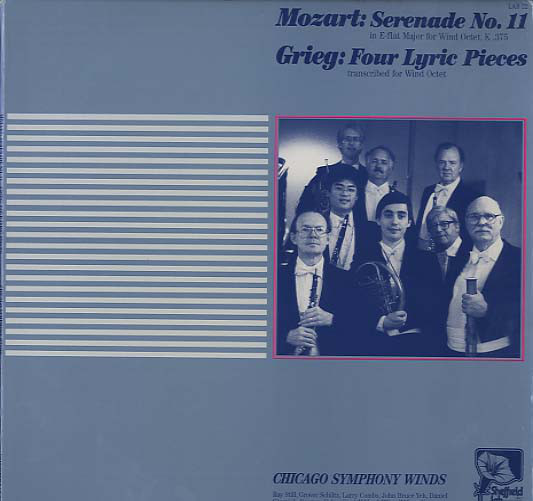
Williard Elliot (also the transcriber of the Grieg) is shown at right. Immediately left of him is Wilbur Simpson. Behind Wilbur is oboist Ray Still. Others shown (l-r) are Grover Schiltz, oboe, John Bruce Yeh, clarinet, Norman Schweikert, horn, Larry Combs, clarinet, and Daniel Gingrich, horn. Selected compositions Symphony No. 2 Elegy for Bassoon and Orchestra, premiered December 7, 1959, Dallas Symphony Orchestra, Paul Kletzki conductor Quetzalcoatl, a tone poem Night Piece for Small Orchestra Concerto for Two Bassoons and Orchestra Concerto for bassoon and orchestra (1965) 3 Duets for flute and bassoon Six 15th-Century French Songs for oboe, bassoon, and piano (1978) Poem for bassoon and string quartet Quintet for bassoon and strings Two Metamorphoses for solo bassoon, string quartet, and wind quartet Six Portuguese Songs for bassoon and piano Six Portuguese Folk Songs for bassoon solo and orchestra (1990) Elegy for Orchestra (1960) (Kousevitzky award (1961) Snake Charmer, for alto flute and orchestra (1975) Five Impressions for Wind Octet (1981) Fantasy, for piccolo and piano (1978) Five short pieces for oboe and piano (1986) Septet, for flute, oboe, clarinet, bassoon, horn, trumpet, and tuba (1987) Silhouettes (from impressions), for soprano, bassoon, and piano (1991) Six Portuguese folk songs, for bassoon and piano (1988) Tears, Idle Tears, for soprano, bassoon, and piano (1990) Two sketches, for woodwind quintet (1986) Evolutions, for two contra bassoons (premiered Aug 10, 1999, International Double Reed Society Annual Conference) Selected arrangements and adaptations by Willard Elliot Four lyric pieces for wind octet, Edvard Grieg (1986) [recording shown above] Ma mere l'Oye cinq pieces enfantines, Maurice Ravel, arranged for flute, oboe, clarinet, bassoon, horn, violin, viola, violoncello, and bass (1988) March from Turandot, Carl Maria von Weber, arranged for wind octet (2 oboes, 2 clarinets, 2 horns, 2 bassoons) (1986) Peter Schmoll ouverture, Carl Maria von Weber, arranged for wind octet (1986) Quartet in B-flat, for bassoon, violin, viola, and violoncello, Mozart, (adaptation) (1986) Quejas o la maja y el ruisenor (Lament of the maja and the nightingale), from Goyescas, for wind octet: 2 oboes, 2 clarinets, 2 horns, 2 bassoons Granados, (1986) Scriabiniana, suite of selected piano works, Alexander Scriabin, arranged for flute, oboe, clarinet, bassoon, horn, violin, viola, violoncello, and bass (1991) Septet,for oboe, bassoon, horn, two violins, violoncello, and bass, Glinka, (new revision) (1988) Seven preludes for clarinet and piano, Alexander Scriabin, (arrangement) (1986) Valse, Opus 38, for flute, clarinet, bassoon, and piano Alexander Scriabin, (arrangement) (1986) Most of the above compositions were published by Bruyere Music Publishers, a firm that Willard and his wife, Pat (née Patricia J. Bills), founded in 1986 to publish and popularize his compositions and arrangements. |
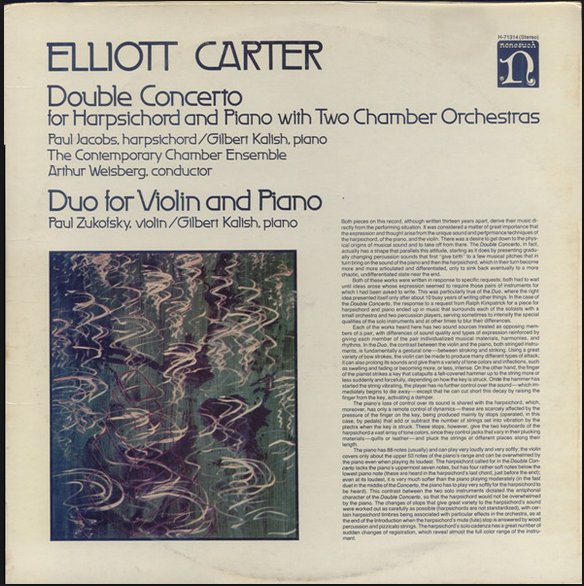 AW: No, I don’t think so. There has always been
a certain number of fine musicians, and probably that percentage in relation
to the whole of musicians is about the same. It’s a small percentage,
and I don’t think general musicianship is going up.
AW: No, I don’t think so. There has always been
a certain number of fine musicians, and probably that percentage in relation
to the whole of musicians is about the same. It’s a small percentage,
and I don’t think general musicianship is going up.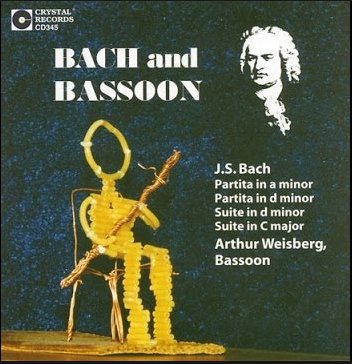 BD: [Surprised] Really???
Most people who try to get out of music want their kids to stay away from
music.
BD: [Surprised] Really???
Most people who try to get out of music want their kids to stay away from
music.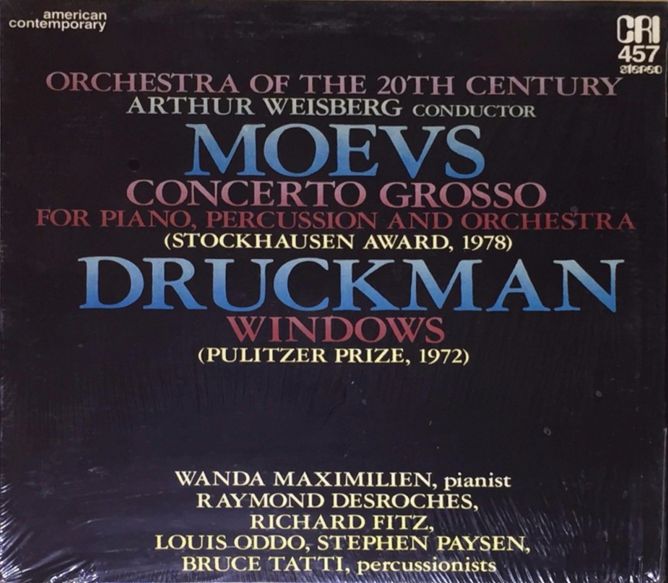 BD: Is that what separates the real musicians from
the amateurs?
BD: Is that what separates the real musicians from
the amateurs?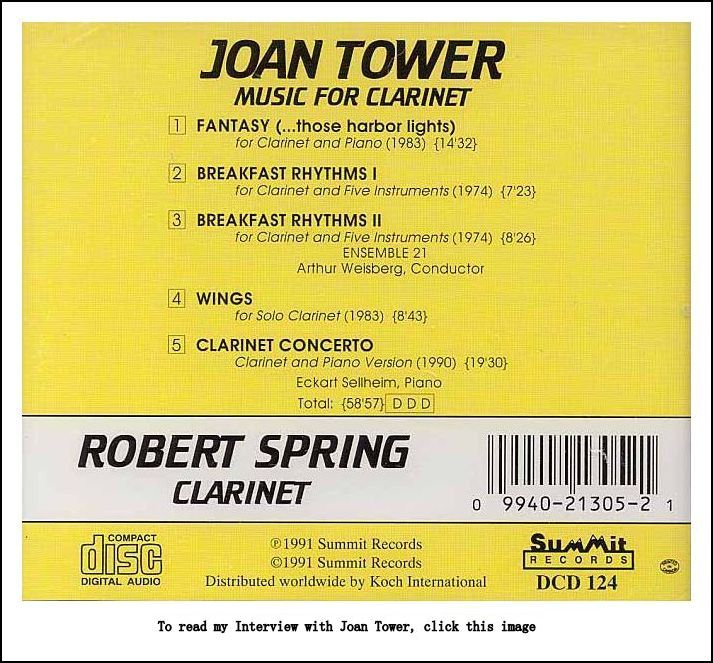 BD: Let’s go the other direction. Should every
bassoon player play a little contra?
BD: Let’s go the other direction. Should every
bassoon player play a little contra?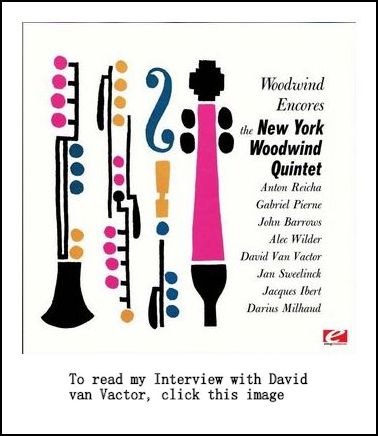 BD: How did the group get standardized as flute,
clarinet, oboe, bassoon, and French horn?
BD: How did the group get standardized as flute,
clarinet, oboe, bassoon, and French horn?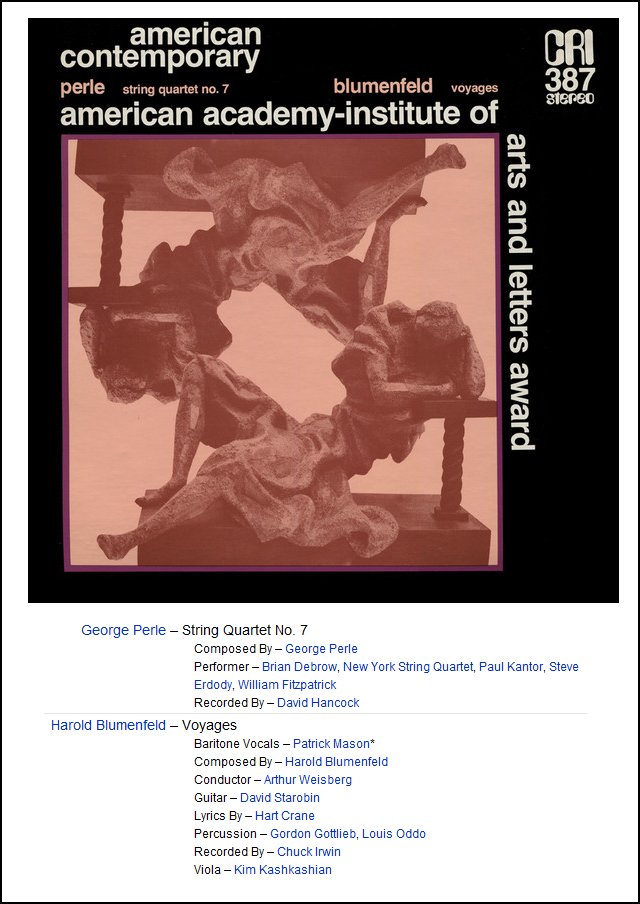 BD: What advice do you have for young
bassoon players coming along?
BD: What advice do you have for young
bassoon players coming along?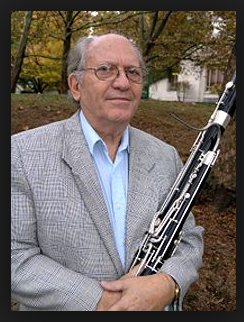 AW: Yes, depending on the piece. There’s nothing
wrong with entertainment, but there needs to be a balance of both areas
in music. Many pieces are entertaining without being deep in any
way, and there’s nothing wrong with that.
AW: Yes, depending on the piece. There’s nothing
wrong with entertainment, but there needs to be a balance of both areas
in music. Many pieces are entertaining without being deep in any
way, and there’s nothing wrong with that.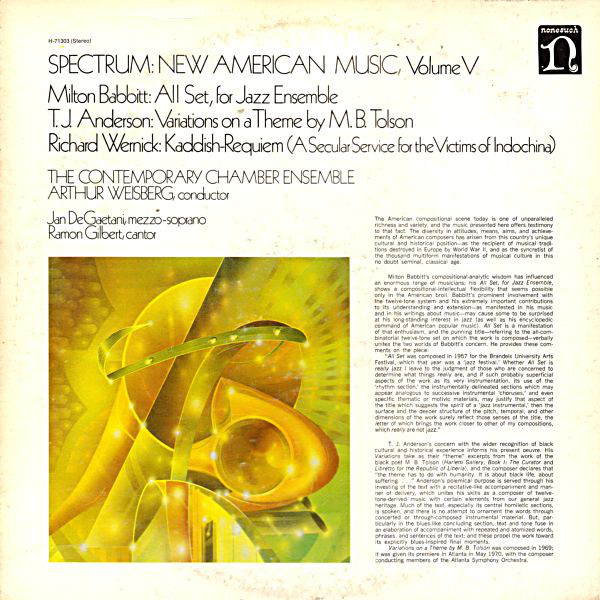 BD: Tell me about the new work that’s going to be
premiered at the Double Reed Convention.
BD: Tell me about the new work that’s going to be
premiered at the Double Reed Convention.
© 2000 Bruce Duffie
This conversation was recorded in Delray Beach, Florida, on April 30, 1997. Portions were broadcast on WNIB later that year, and on WNUR in 2009 and 2014, and on Contemporary Classical Internet Radio in 2009. This transcription was made in 2017, and posted on this website at that time. My thanks to British soprano Una Barry for her help in preparing this website presentation.
To see a full list (with links) of interviews which have been transcribed and posted on this website, click here. To read my thoughts on editing these interviews for print, as well as a few other interesting observations, click here.
Award - winning broadcaster Bruce Duffie was with WNIB, Classical 97 in Chicago from 1975 until its final moment as a classical station in February of 2001. His interviews have also appeared in various magazines and journals since 1980, and he now continues his broadcast series on WNUR-FM, as well as on Contemporary Classical Internet Radio.
You are invited to visit his website for more information about his work, including selected transcripts of other interviews, plus a full list of his guests. He would also like to call your attention to the photos and information about his grandfather, who was a pioneer in the automotive field more than a century ago. You may also send him E-Mail with comments, questions and suggestions.